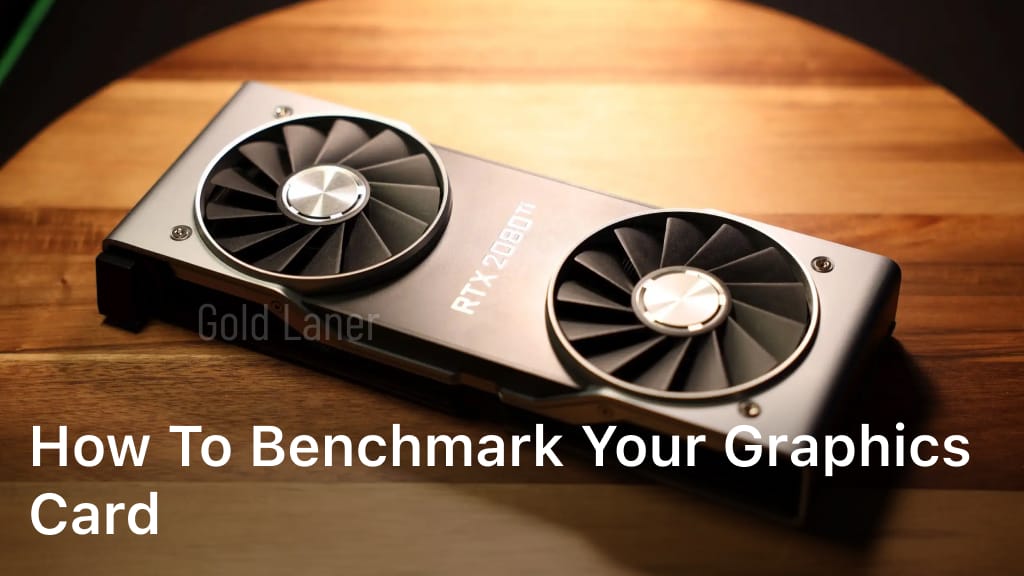Welcome to our comprehensive guide on how to benchmark your graphics card and unleash its full potential. In today’s technologically advanced world, graphics cards play a crucial role in delivering stunning visuals and immersive gaming experiences. However, to ensure optimal performance, it’s essential to benchmark your graphics card regularly. Benchmarking your graphics card allows you to evaluate its performance, identify bottlenecks, and make informed decisions regarding optimizations. By measuring and comparing its capabilities against industry standards, you can unlock its true power and tailor your system to meet your specific needs. Whether you are a casual gamer, a content creator, or an enthusiast, understanding the benchmarking process is key to maximizing your graphics card’s performance. In this article, we will take you through each step, providing insights, tips, and recommended tools. From understanding GPU benchmarking to interpreting benchmark scores, we have got you covered. So, join us on this journey to discover how to benchmark your graphics card effectively and elevate your gaming and computing experience to new heights. Let’s dive in! Understanding GPU Benchmarking When it comes to optimizing your graphics card’s performance, understanding GPU benchmarking is essential. In this section, we will explore the different tools and software available for benchmarking your graphics card, providing you with a comprehensive understanding of the benchmarking process. GPU benchmarking tools are designed to test and measure the performance of your graphics card under various conditions. They allow you to evaluate the capabilities of your GPU, identify any potential bottlenecks, and compare its performance with other models. By using benchmark software for graphics cards, you can make informed decisions about system upgrades or settings adjustments for optimal performance. There are several GPU benchmarking tools available in the market, each with its own set of features and capabilities. Some popular options include: 3DMark: A widely used benchmarking tool that offers a range of tests to evaluate your GPU’s performance across different scenarios. Unigine Heaven: Allows you to stress test your graphics card and measure its performance in a visually stunning environment. PassMark PerformanceTest: Provides a comprehensive suite of tests to evaluate your GPU’s performance and compare it with other models. These tools typically use a combination of synthetic and real-world tests to push your graphics card to its limits. They measure parameters such as frame rates, rendering times, and power consumption to provide you with accurate benchmark scores. By utilizing GPU benchmarking tools and benchmark software for graphics cards, you can gain valuable insights into your GPU’s performance, identify any potential issues, and make informed decisions about optimizations or upgrades. In the next sections, we will guide you through the process of preparing your system, choosing the right benchmarking tool, running the benchmark, and analyzing the results to further enhance your graphics card’s performance. Preparing Your System for Benchmarking Before you begin benchmarking your graphics card to test its performance, it is essential to make sure that your system is properly prepared. Taking the time to optimize settings, update drivers, and monitor system temperatures will ensure accurate and reliable results. Follow these steps to get your system ready for benchmarking: Optimizing Settings Start by optimizing your graphics card settings to achieve the best performance. Adjusting settings such as resolution, anti-aliasing, and texture quality can significantly impact benchmark results. Higher settings may yield more realistic visuals but can also put a heavier load on your graphics card. Finding the right balance between quality and performance is key. Updating Drivers Outdated or incompatible drivers can negatively affect your graphics card’s performance. Visit the manufacturer’s website or use the provided software to check for updates and install the latest drivers for your graphics card. This ensures that you have the most stable and optimized drivers for benchmarking. Monitoring System Temperatures During benchmarking, your graphics card will be under heavy load, generating heat. Monitoring system temperatures is crucial to avoid overheating and ensure accurate performance testing. Use monitoring software like MSI Afterburner or HWMonitor to keep an eye on temperatures and take preventive measures if necessary. Ensure proper cooling by cleaning dust from fans and heat sinks Consider using a cooling pad or an additional case fan for better airflow Avoid benchmarking in a hot environment, as this can affect your system’s cooling capacity By following these steps and preparing your system adequately, you will be ready to benchmark your graphics card effectively and obtain accurate performance results. Choosing the Right Benchmarking Tool When it comes to benchmarking your graphics card, selecting the right benchmarking tool is crucial. The tool you choose will directly impact the accuracy and reliability of your benchmark results. In this section, we will discuss the key factors to consider when choosing a benchmarking tool for your graphics card. Compatibility Before you start benchmarking, it’s important to ensure that the benchmarking tool you choose is compatible with your graphics card. Different benchmarking tools support different graphics card models and manufacturers. Make sure to check the compatibility requirements of the tool before proceeding. Test Types Consider the types of tests that the benchmarking tool offers. Some tools focus on specific aspects of graphics card performance, such as 3D rendering, while others provide a more comprehensive range of tests. Think about your specific needs and requirements when it comes to benchmarking, and choose a tool that offers the tests that align with your goals. User Interface The user interface of the benchmarking tool is another important factor to consider. It should be intuitive and user-friendly, allowing you to easily navigate through the different settings and options. Look for a tool that provides clear instructions and a straightforward interface, so you can focus on benchmarking your graphics card without any unnecessary complications. Now that we’ve discussed the key factors to consider, let’s take a look at some popular benchmarking tools that are widely used in the industry: Benchmarking Tool Compatibility Test Types User Interface 3DMark Wide range of graphics cards Comprehensive tests for gaming and 3D rendering Intuitive and user-friendly Unigine Heaven Compatible with major graphics card manufacturers





